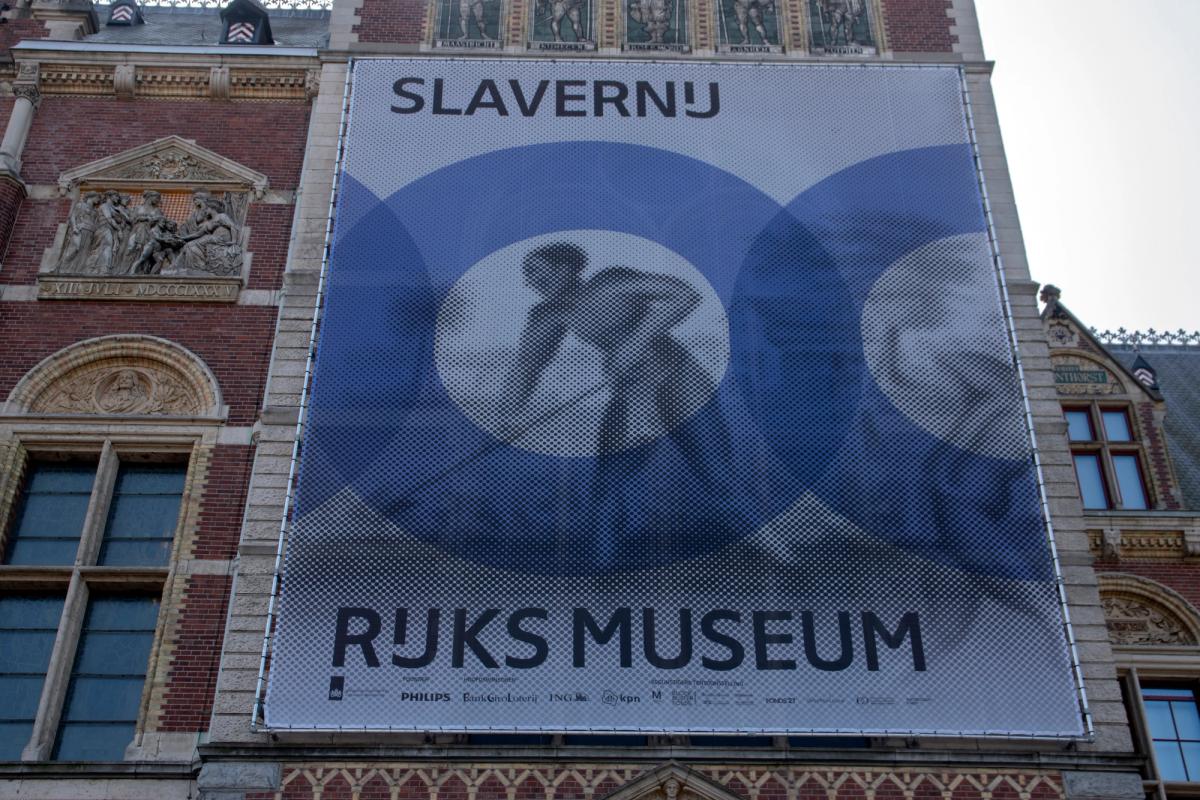The Netherlands is planning a national slavery museum on Amsterdam’s waterfront that seeks—in the words of the title on the research document produced for the launch event—“to tell the whole story, about us and with us”.
Three “quartermaster” researchers have spent a year travelling former Dutch colonies, the Dutch Caribbean, the US and the Netherlands, canvassing views from 5,000 people. They propose a museum that would open in 2030 and explore five time periods. It would have “rooms for healing”, research, a children’s space and kitchen in a 9,000 sq. m building that would be designed via an international architecture competition.
Mark Rutte, the country‘s caretaker prime minister, announced national funding of €27 million for the museum in December 2022 as part of a state apology for slavery aimed to be “a comma, not a full stop” in understanding the repercussions of the country’s colonial past in modern-day society.
“The national slavery museum is an important part of the story after the comma, following the apologies for the role of the Dutch state in the history of slavery,” Rutte said in a statement. “To do right by the past and go further together in the here and now, it is absolutely urgent that we have more and better insight into these dark pages of history. The slavery museum will have a key role in this as a centre of knowledge and dialogue.”
At a launch event in Amsterdam, where the location was revealed as Amsterdam’s Java island, junior culture minister Fleur Gräper-van Koolwijk said it would have “room for recognition, commemoration, healing, admission… not just for the relatives of enslaved people but for everyone.” She added: “So also for people who think—‘ach, a slavery museum isn’t about me.’”
The Netherlands is increasingly coming to terms with a 17th century “golden age” funded by the exploitation of more than 600,000 enslaved African women, men and children on the American content and up to a million people traded in Asia under the Dutch East India Company.
In 2018 the Mauritshuis in The Hague decided to give a less prominent place to a statue of former governor-general of colonial Brazil Johan Maurits—with the museum’s then-director Emilie Gordenker clashing with the prime minister at the time. A much-praised 2021 Rijksmuseum slaveryexhibition has toured United Nations offices worldwide.
Gordenker, now director of the Van Gogh Museum, said social awareness of the Netherlands’ colonial past has been changing, despite the rise of far-right political parties. She was impressed with the slavery museum’s attitude. “They really engaged with so many people,” she said. “It’s a very Dutch approach. But the proof is in the pudding.”


